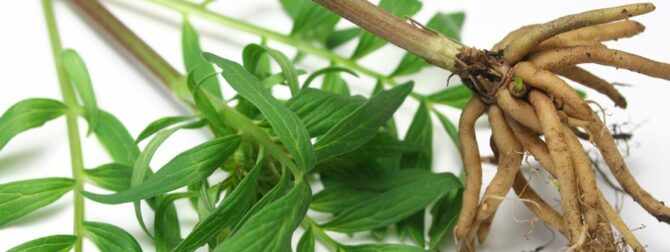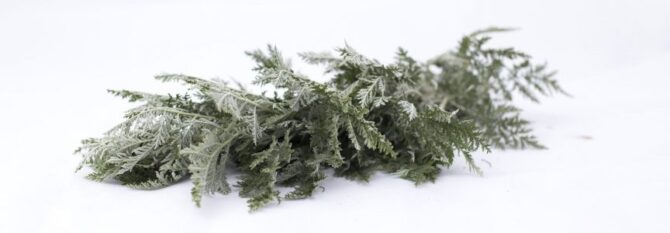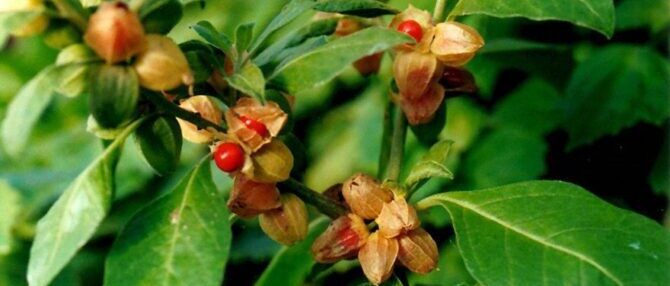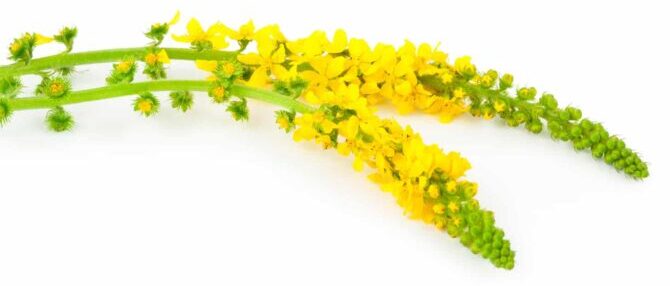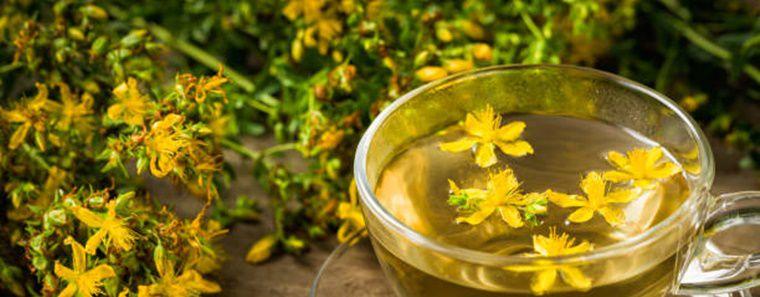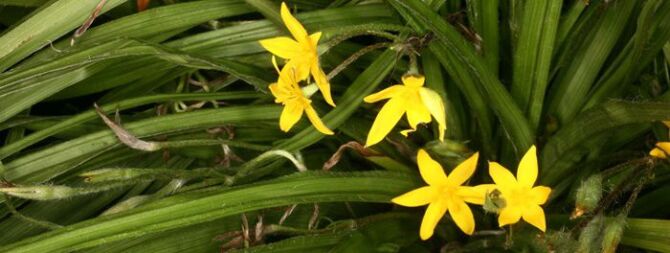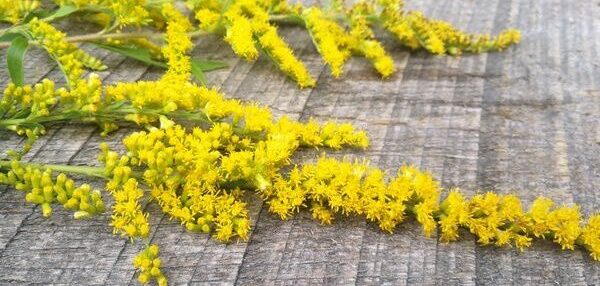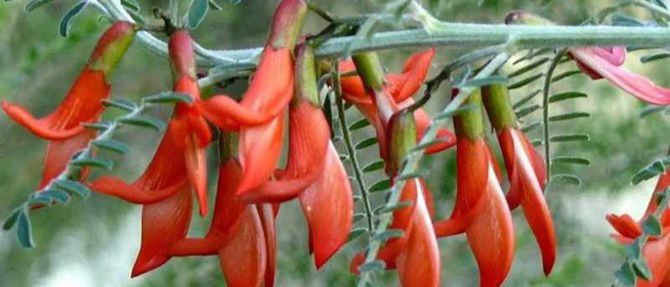Herbal Remedies
Valerian Medicinal Uses
Valerian medicinal uses date back to ancient Greek and Roman times. It is valued in Ayurveda, Chinese Medicine and Western Herbalism. The plants are cultivated in Europe today for producing an over-the-counter tranquilizer. In Germany, Valerian (Valeriana officinalis) is used in more than 100 over-the-counter tranquilizers and is the number one nonprescription sedative in Europe. Commonly called garden heliotrope, common Valerian or all-heal, the plant is a clumping perennial with scented leaves, stems, flowers and roots.
Valerian Medicinal Uses Overview
It has been described as a nervine, hypnotic, antispasmodic, emmenagogue, nervous system tonic, sedative, stomachic, expectorant, mild anodyne, and a smooth muscle relaxant. Valerian root is probably best known as a remedy for insomnia.
Among its benefits, it may help in the treatment of:
- Insomnia
- Anxiety, Stress & Nervous exhaustion
- Addictions
- Convulsions & Epilepsy
- Intestinal cramping & Gas
- Hyperactivity & Aggression
- Migraines
- Coughs & the Flu
Caution: Not for use during pregnancy or lactation.
Valerian Herbal Preparations and Uses
Parts Used: Root (dried and fresh), Leaf and Flower (less common)
- Tea & tincture
- Poultice
- Oil & Salve
- Liniment
- Powder
Self-Heal Herbal Recipes
Valerian Tea:
1 tsp. Valerian Root per 1 cup hot water. Cover and steep 10-15 minutes.
Cold Infusion:
1 tsp per 1 cup cold water. Let sit 1 – 8 hours.
Disclaimer
Medicinal Information:
All medicinal information on this website is for educational and informational purposes only and may not be construed as medical advice. The information is not intended to replace medical advice or treatment offered by healthcare professionals.
Seeds, Plants, Plant Cuttings, Geophytes and Dried Herbs:
In some countries and provinces, certain plants are deemed as invasive and are not allowed to be planted at all, whilst some plants are allowed to be grown only in certain areas or provinces. The onus is on you as the buyer to familiarize yourself with the regulations pertaining to your location, before purchasing any of our seeds, plants, plant cuttings, geophytes or dried herbs. We will not be held liable, should you purchase any seeds, plants, plant cuttings, geophytes or dried herbs. from us which are prohibited in your country or province.

